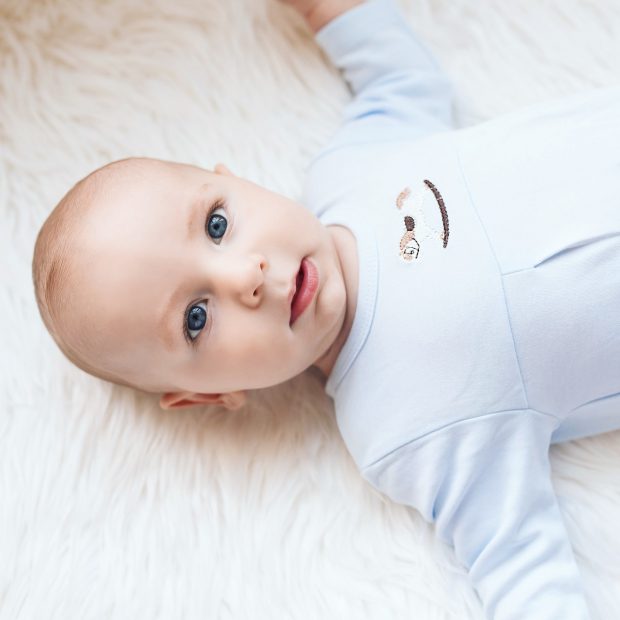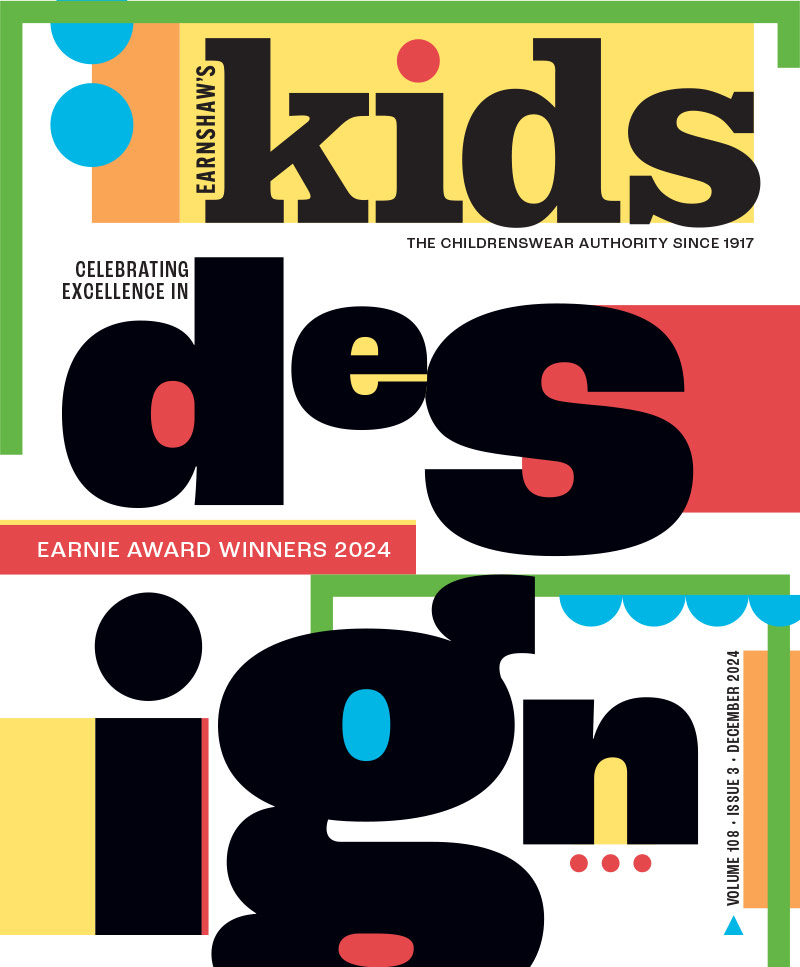How gender-appropriate colors have flip-flopped more than once.
Over the years, this line from Earnshaw’s magazine from June 1918 has appeared in The New York Times, Smithsonian Magazine and, just yesterday, New York magazine’s The Cut: “The generally accepted rule is pink for the boys, and blue for the girls. The reason is that pink, being a more decided and stronger color, is more suitable for the boy, while blue, which is more delicate and dainty, is prettier for the girl.”
The Cut was detailing how Millennial pink—a color that has swept the young fashion market for both men and women—is showing no signs of slowing down as it is considered less “girly girl” and even gender-neutral. Over the years, Earnshaw’s illustrated just how many times we, as consumers, have changed the rules on gender-appropriate colors. Some 100 years ago, as was mentioned, the accepted tradition was that boys wore pink and girls wore blue. The first wave of feminists soon flipped this idea on its head in the ’60s and started dressing their little girls in pink, or at least gender-neutral colors, according to Smithsonian Magazine.

Traditional baby blues for boys by Feltman Brothers.
In the ’80s, pink for girls and blue for boys kicked into full gear with many manufacturers such as the 100-year-old Feltman Brothers (pictured here) still carrying the tradition on to this day.
Now, with the rise of gender-neutral clothing in childrenswear, we are witnessing yet another chapter in the color story. All the while Millennial men and women are buying and relishing their pink, they are increasingly dressing their own little girls and boys in gender-neutral prints in neutral colors like off-whites, grays and even shades of black.



Leave a Comment: